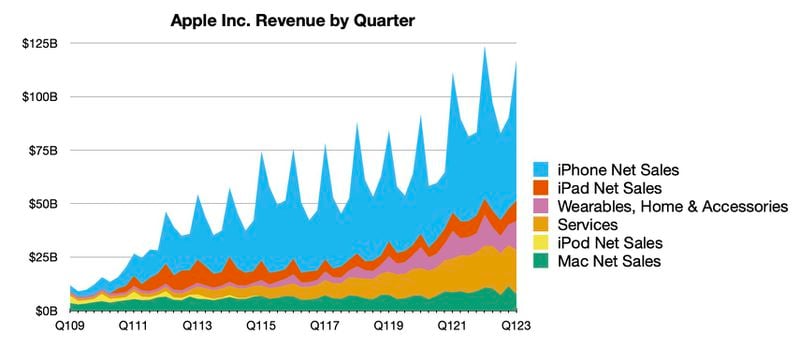Here is an awkward, but honest question: how many industries/workloads/etc still need the fastest desktop/workstations in an absolute sense?don't disagree, it's likely good business sense for a number of reasons
but apple is not going to likely be making the fastest desktop/workstation computers on absolute performance.
Intel chips and amd are more than sufficient as well if you want to go down the road and likely less expensive for similar absolute performance. Apple Silicon can't do it all (cheap fast cool upgradeable) . But since power consumption and portability are important it's a great innovation. Apple will just not have the fastest desktops/workstations in an absolute sense and certainly not for the money.
I think part of the issue is that for real work, the amount of processing power required doesn't really change if the work doesn't change. If you're trying to crunch the same data/video/etc as you were 10 years ago, 10 years ago that might have required a serious Mac Pro, and today an M1 MacBook Air will do it just fine. (Now, compare this with web browsing or web technologies, where you require 4x the RAM and CPU to do the same thing as 10 years ago)
So, as time goes on, the amount of workloads that actually require/benefit from the fastest desktop/workstations in an absolute sense should go down. Some new or more challenging workloads (e.g. HD/4K/8K video, or something that was just impossible with the older hardware) may come along, sure, which is what has kept fastest desktop/workstations around.
But fundamentally, think of the demanding workloads of 30 years ago. 30 years ago people replaced two year old Mac IIs that had just cost $10K USD with Quadras with expensive accelerator cards to run Photoshop filters. And that made sense when those filters took several hours to run each time. I suspect you can run the same filters on, say, a 2006 Intel iMac in a few seconds. No one sells "Photoshop accelerator" cards anymore - the idea that you would buy a $2000-in-1993-money video card (or whatever the price of those Thunder II/IV/etc NuBus cards was - I'm having trouble looking it up.) for Photoshop is laughable. I don't think people doing print media have been buying top-of-the-line Macs with expensive accelerator cards for at least a decade or a decade and a half.
I would note that I've been seeing this on the Windows front too. A few months ago I was looking at Dell's web site for multiple-CPU workstations and... couldn't find any. Seems like you can now fit so many cores on one socket that no one builds a 2-socket workstation anymore, which is unfortunate for the shrinking number of people whose needs could still benefit from two sockets.




